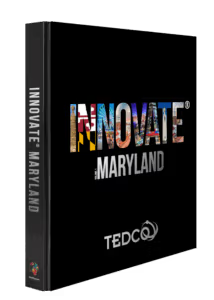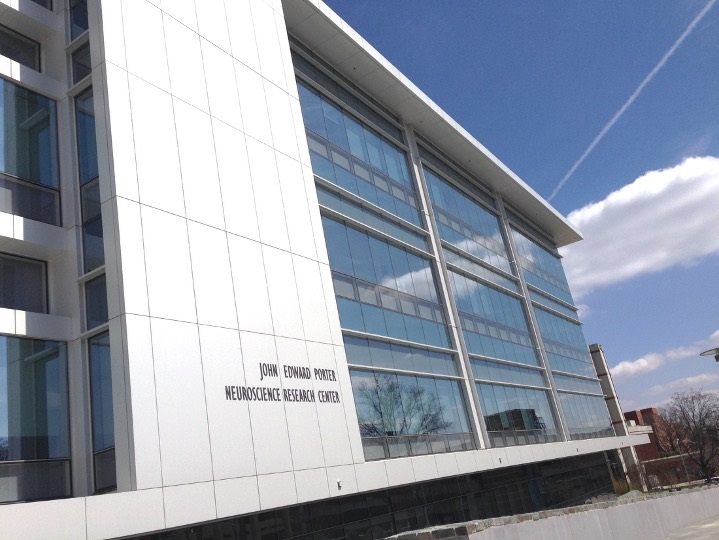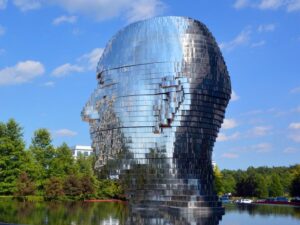At the beating heart of one of the most influential biomedical institutions in the world—the National Institutes of Health (NIH)—you’ll find a dedicated scientist quietly shaping the future of human health: Dr. Alejandro Alvarez-Prats.
Based at the Eunice Kennedy Shriver National Institute of Child Health and Human Development (NICHD) on the NIH’s main campus in Bethesda, Dr. Alvarez-Prats embodies the NIH’s mission of generating foundational knowledge and transforming it into real-world impact. His work dives deep into the complex world of phosphoinositides—signaling lipid molecules that, though small, hold profound sway over our nervous and immune systems.
“The line of work I started twelve years ago as a postdoctoral fellow on two Phosphatidylinositol 4-kinases (PI4Ks), namely PI4KA and PI4KB, revealed that they differentially regulate myelination within the Peripheral Nervous System.”
Today, that early research has become a beacon for scientists and clinicians globally. Over the past five years, independent clinical groups from around the world have discovered mutations in PI4K genes as the cause of rare pediatric neurodevelopmental and immunological disorders. These breakthroughs underscore a truth Dr. Alvarez-Prats knows well: innovation begins with asking the right questions—and following the data where it leads.
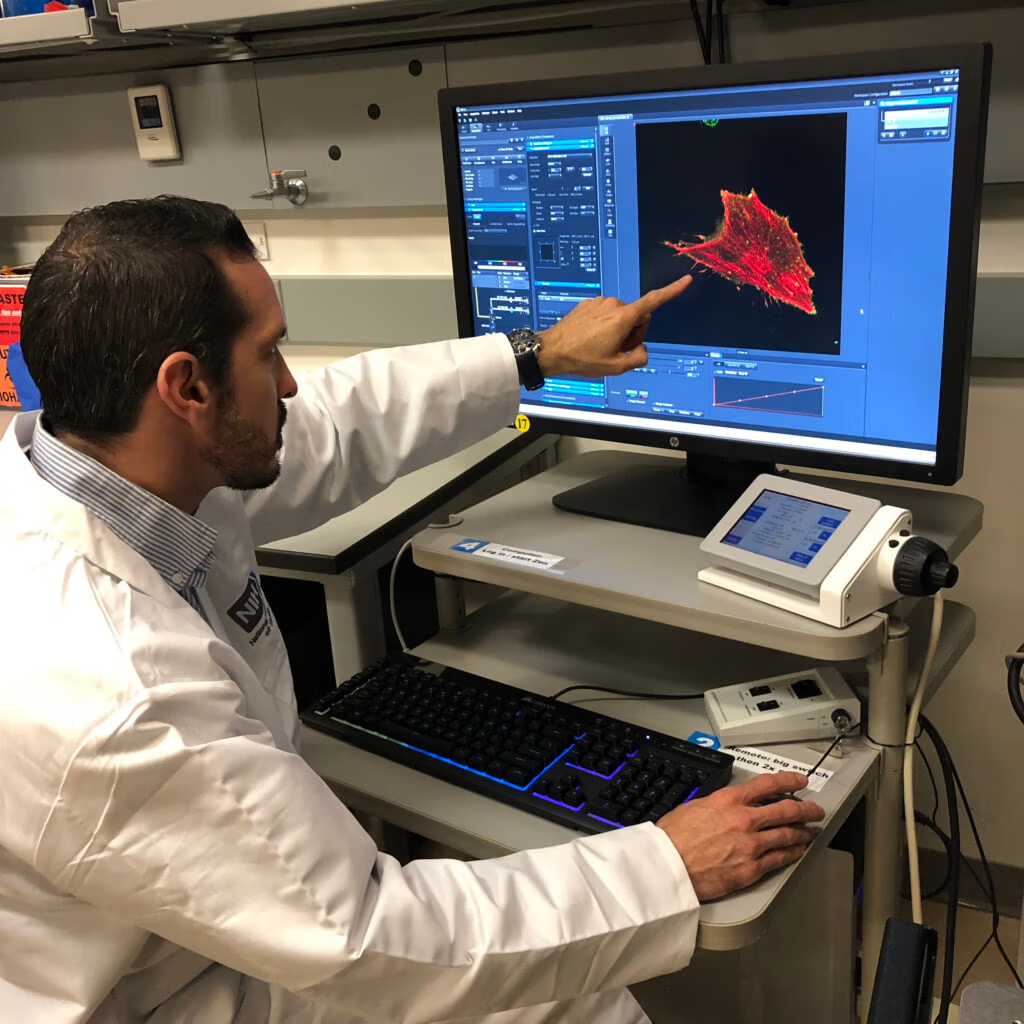
From Discovery to Innovation
For Dr. Alvarez-Prats, the NIH is more than a workplace. It’s a living, breathing engine of biomedical innovation.
Founded in 1887 and established in its current Bethesda location in 1938, the NIH has become a cornerstone of global life sciences. As the largest public funder of biomedical research in the world, the NIH has powered revolutionary advancements—from the invention of MRI and the development of cancer immunotherapy to decoding the human genome and pioneering gene therapy trials.
But what makes the NIH so uniquely innovative?
“Innovation, in my opinion, is the generation of knowledge driven by the uncovering of a process or entity that significantly transforms our understanding of a certain phenomenon, and eventually of a research field,” Dr. Alvarez-Prats says. “But for that knowledge to be considered innovative, it must ultimately be implemented into society for its benefit.”
By that definition, the NIH excels. Through its partnerships, technologies, and open dissemination of knowledge, the NIH doesn’t just do outstanding science—it translates it into solutions that improve and extend lives worldwide.
The Power of Investment and Collaboration
The 1990s marked a pivotal turning point in the NIH’s innovation journey when Congress doubled its budget. That surge in investment catalyzed discoveries across cancer therapy, immunology, and gene-based medicine. It also laid the groundwork for researchers like Dr. Alvarez-Prats to pursue ambitious, long-term projects with transformative potential.
“I might be biased, but I am extremely excited about how our lines of research will mature in the coming years,” shares Dr. Alvarez-Prats.
Today, Dr. Alvarez-Prats’ work stands at the intersection of molecular biology, neuroscience, and therapeutic innovation. With cellular and animal models, his lab investigates how lipid signaling pathways malfunction in disease—and how gene therapy might offer a corrective path forward.
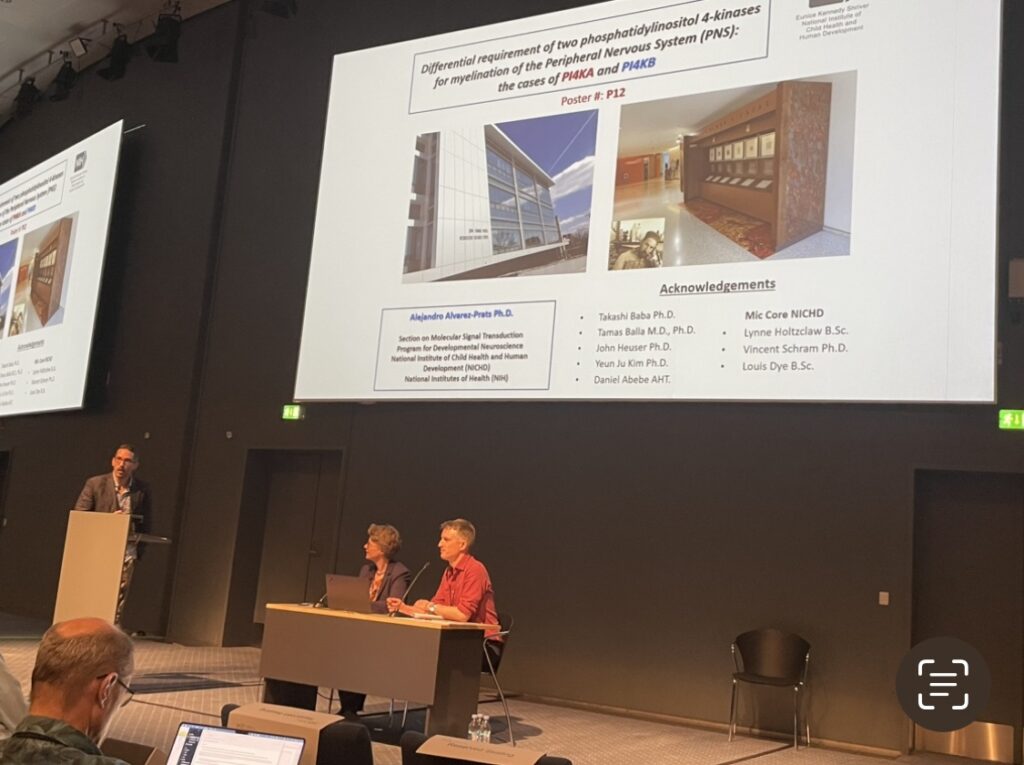
Maryland: A Hub of Biomedical Ecosystem
Working in Maryland, one of the most vibrant life sciences hubs in the United States, Dr. Alvarez-Prats and the NIH contribute significantly to the region’s innovation ecosystem. The NIH maintains strong ties with TEDCO, the Montgomery County Economic Development Corporation, and BioHealth Innovation, Inc., among others—fueling collaboration between academia, industry, and government.
“The NIH contributes to the USA’s economic development by partnering with the biotech sector, generating patents and technology that multiple countries around the globe need and end up purchasing,” affirms Dr.Alvarez-Prats.
It’s not just about ideas—it’s about impact.
The NIH’s investments yield measurable returns. For every $1 invested, approximately $2.56 in economic activity is generated—rising to $5 when factoring in healthcare cost savings. Few institutions can match that scale of return in both economic and human terms.
More Than a Scientist
Beyond his scientific work, Dr. Alvarez-Prats has taken on key leadership roles to support institutional excellence. He has served on the NICHD’s Animal Care and Use Committee for nearly a decade, and he is currently a member of the Innovative Culture Advisory Committee—helping ensure that the workforce remains engaged and mission-driven. As Chair of the NIH Staff Scientists Organization and the NICHD Staff Scientists/Clinicians Committee, he continues to advocate for the advancement of scientific careers and community culture.
His dedication has not gone unnoticed. Dr. Alvarez-Prats was honored with the NIH Fellows Award for Research Excellence in 2017 and most recently received the FY24 NICHD Career Development Award for Staff Scientists/Staff Clinicians—further cementing his role as both a scientific trailblazer and institutional leader.
Looking Ahead
As biomedical challenges grow more complex, the world will need scientists like Dr. Alejandro Alvarez-Prats more than ever—researchers who pair cutting-edge science with deep commitment to human health.
“When we look back to the History of Life Sciences, we realize that solid and transformative innovation usually comes from basic science research since it generates paradigm shift knowledge with high potential of deriving new diagnosis tools and/or the treatments of tomorrow,” states Dr. Alvarez-Prats.
At the NIH, innovation is not just a buzzword—it’s the bedrock. And thanks to the dedicated experts like Dr. Alvarez-Prats, the future of science is in capable, compassionate, and profoundly curious hands.
“I am extremely excited about how our lines of research will mature in the coming years.”
– Alejandro Alvarez-Prats, PhD. National Institutes of Health (NIH) –

